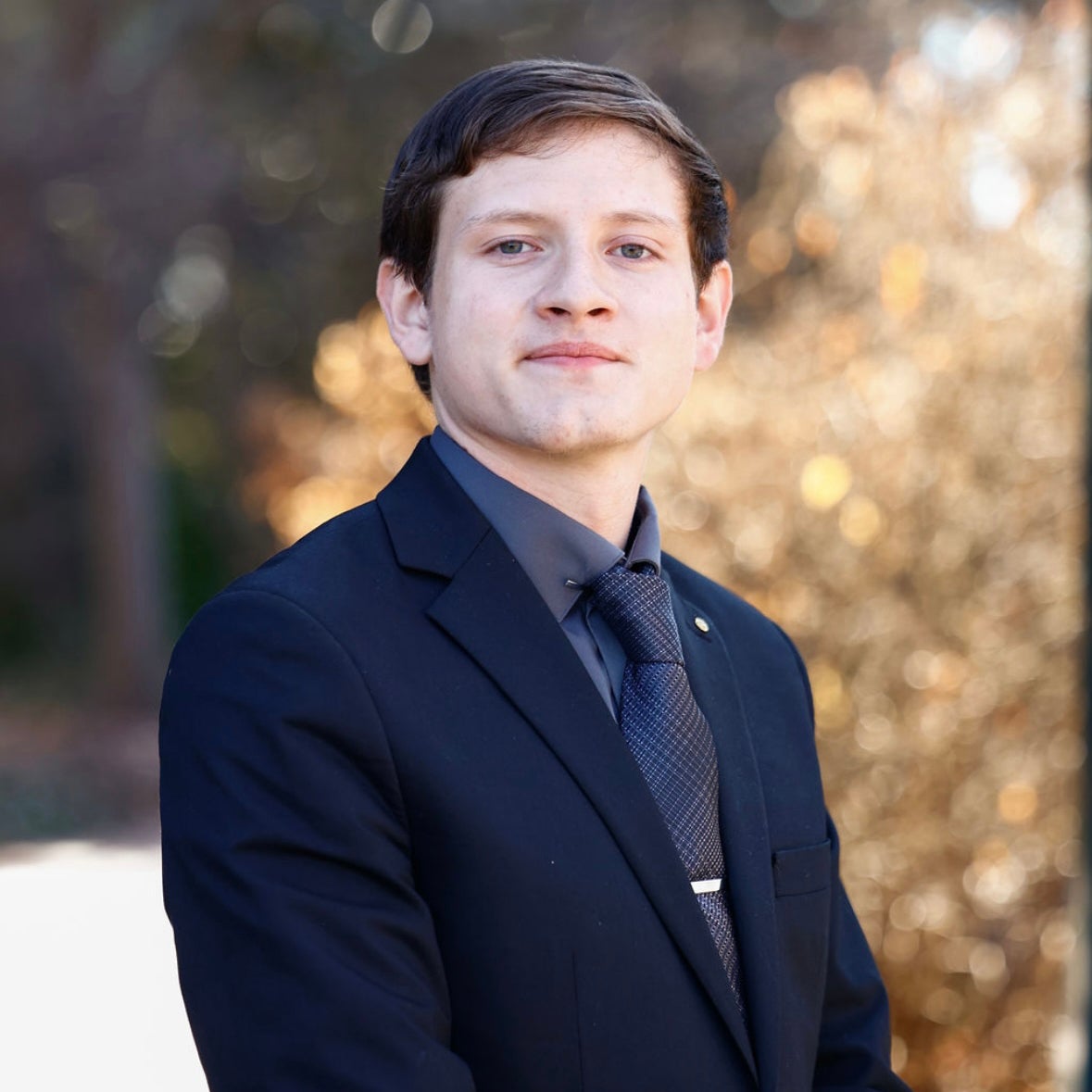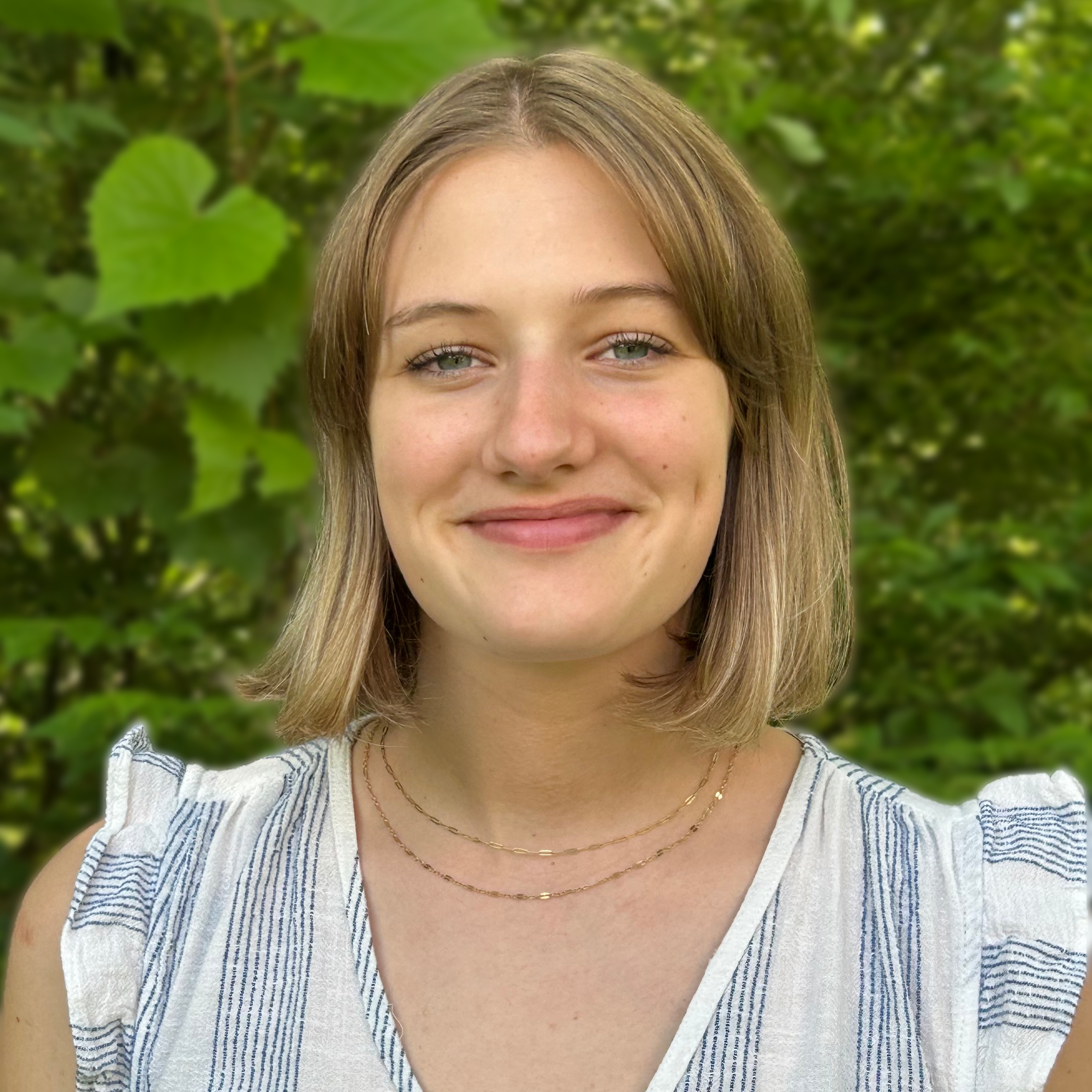
Student Spotlight: From Trail Maps to Material Metrics—Leopold Wehner's Summer of Applied Design
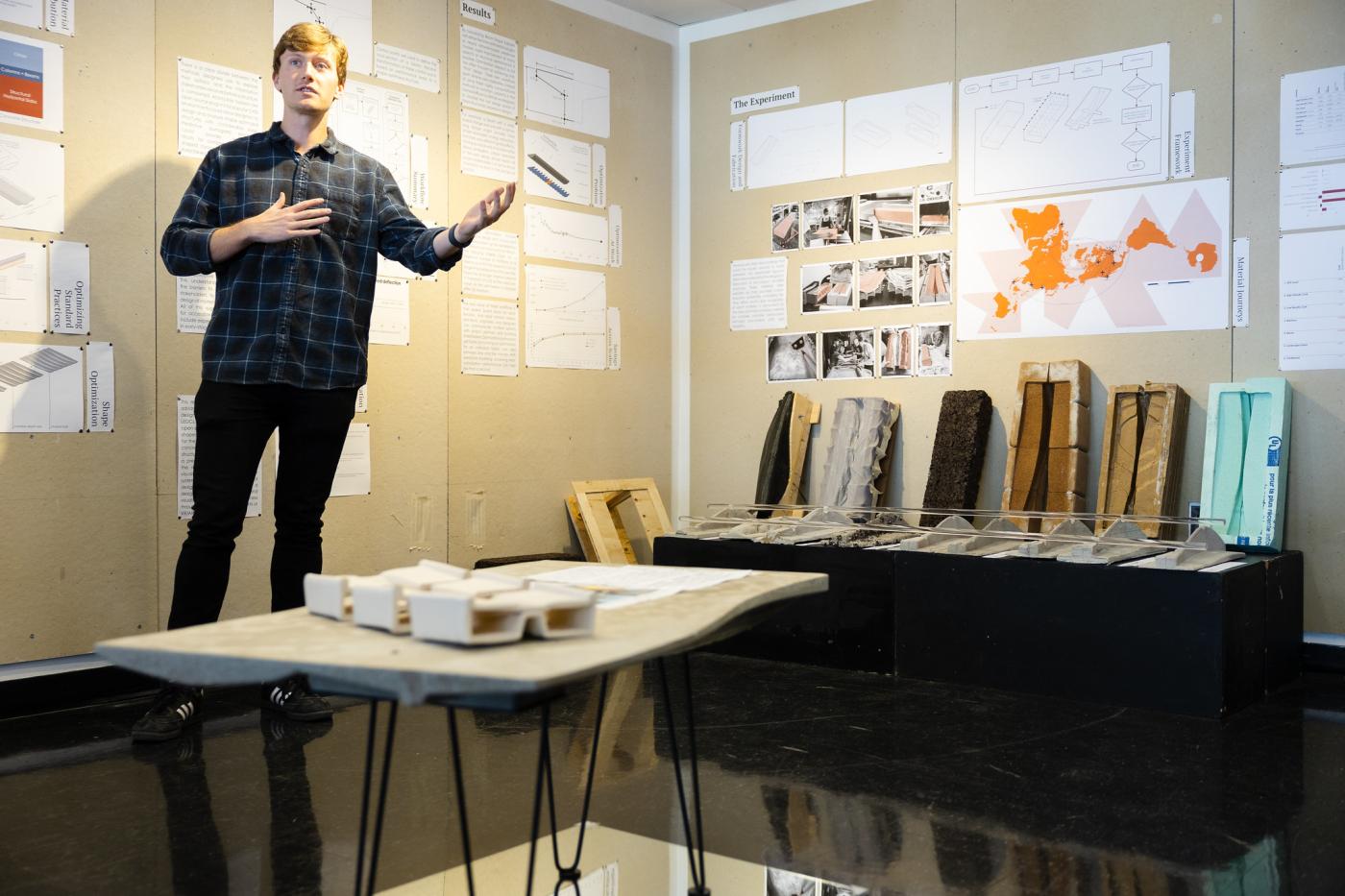
For graduate architecture student Leopold Wehner (MArch ‘26), architecture is not just a practice of designing buildings but a form of storytelling, research, and public engagement. This summer, Wehner immersed himself in two experiences that reflect the wide-ranging interests he brings to the discipline: as the 2025 recipient of the Erwin-Ramsey Fellowship with BRW Architects, he collaborated with local organizations, like the Rivanna Trails Foundation to reimagine Charlottesville’s trail network as a vital piece of public space; and at the International Conference on Structures and Architecture (ICSA) in Antwerp, he presented the paper Framework for Cost Analysis of Complex Concrete Floor System Shape Optimization Techniques with co-author Assistant Professor Mohamed Ismail, director of UVA's Open Structures Research Group.
Wehner, who holds a BA in English literature, first came to UVA School of Architecture through the Summer Design Institute—and this year, he returns as a teaching assistant, ready to help new students navigate a four-week intensive introduction to design tools, concepts, and methodologies prior to the first semester of study.
We caught up with Wehner to hear more about his summer design experiences and what led him to pursue architecture.
|
Image
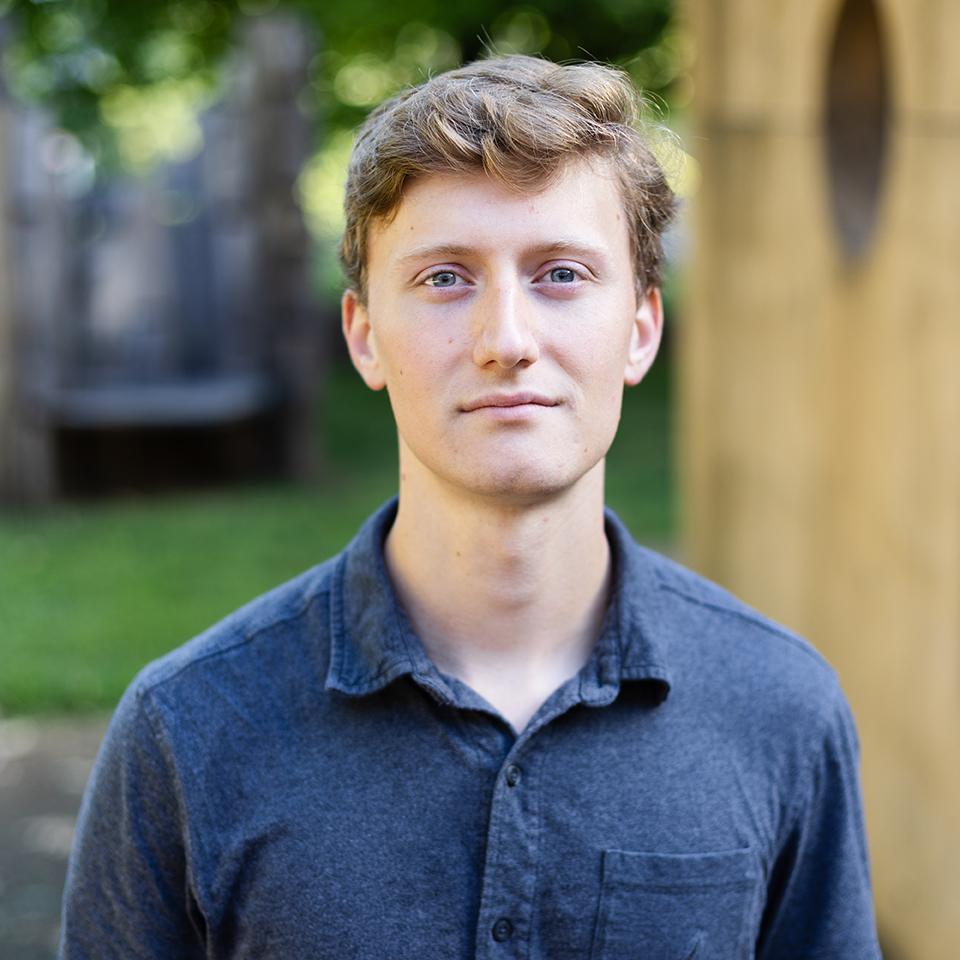
|
You began your path to the School of Architecture with an undergraduate degree in English literature. What drew you to design, and how has your background in the humanities shaped your approach to architecture?
Even when I was studying literature, I always had an eye on architecture. The primary focus of my study was a spatial reading of German writer W.G. Sebald, whose characters wander around and poke at the layered landscapes of postwar, post-industrial northern Europe.
But it was really my recognition of the
power of drawing that pushed me to make the jump.
As I made the transition, it first seemed to me that very few skills would carry over. I now know that this was perfectly wrong. There are the superficial connections: you do, in fact, have to write in both careers. But writing and design are fundamentally both about empathy, about imagining what people will need, want, and do with what comes out of the business end of your pen.
As this year’s Erwin-Ramsey Fellow, you collaborated with civic and nonprofit institutions to reimagine Charlottesville’s trail systems. What inspired your research focus, and how do you see these spaces contributing to the city’s future?
It is not an exaggeration to say that Charlottesville has a unique—and uniquely extensive—trail network. Its original proponents imagined it as bringing the Appalachian Trail experience into their neighborhoods. I think that’s an admirable vision, but I don’t think it’s quite right. The trail isn’t fully wild: it is at home in the leftover spaces behind people’s houses, it doesn’t have many dramatic viewpoints, and you can often hear the city from behind a stand of trees. But that’s just what makes it special: it’s a local trail network. It allows people to see their city from a completely different perspective—and it simultaneously provides them with all kinds of practical amenities.
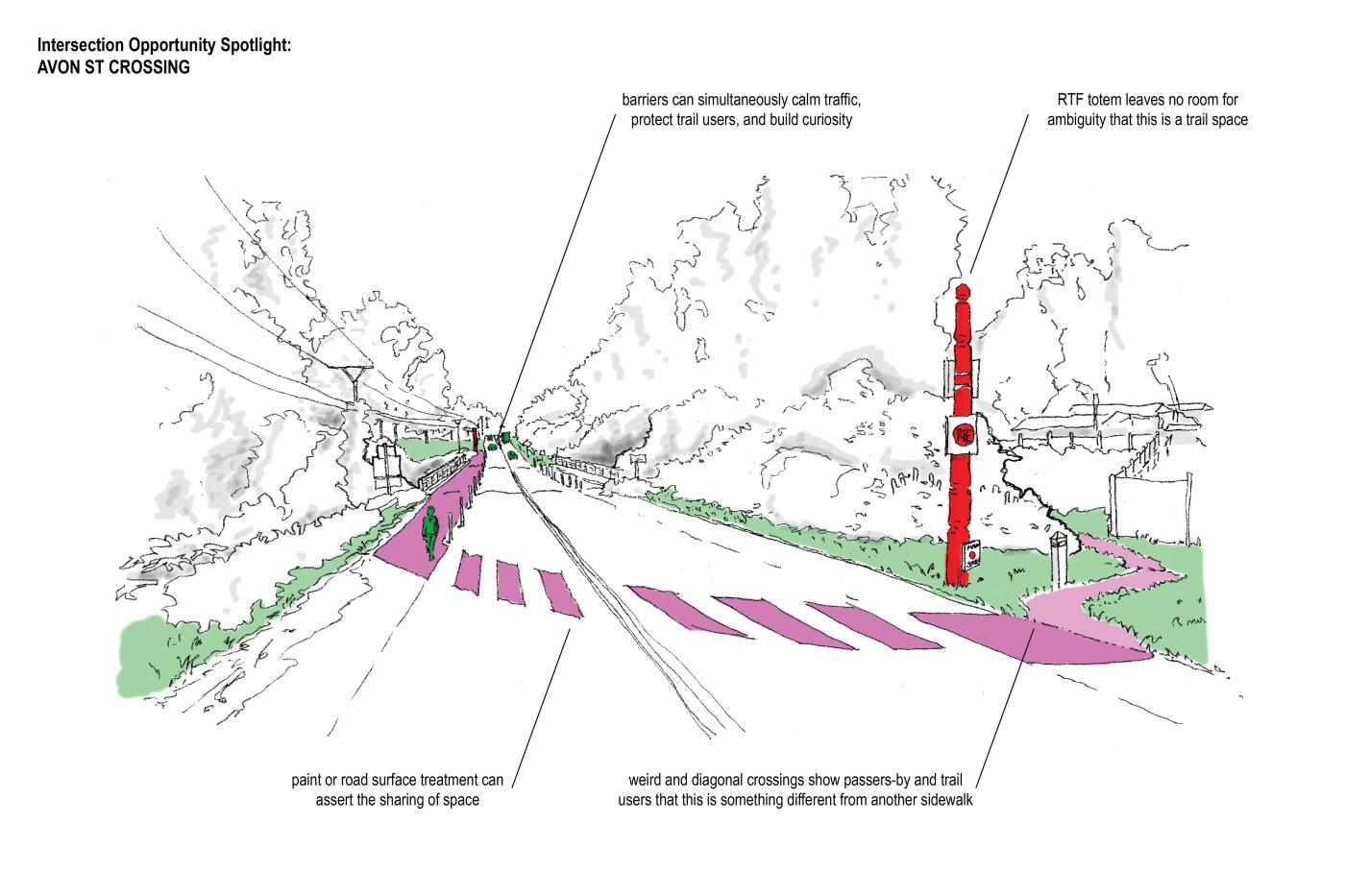
|
Image
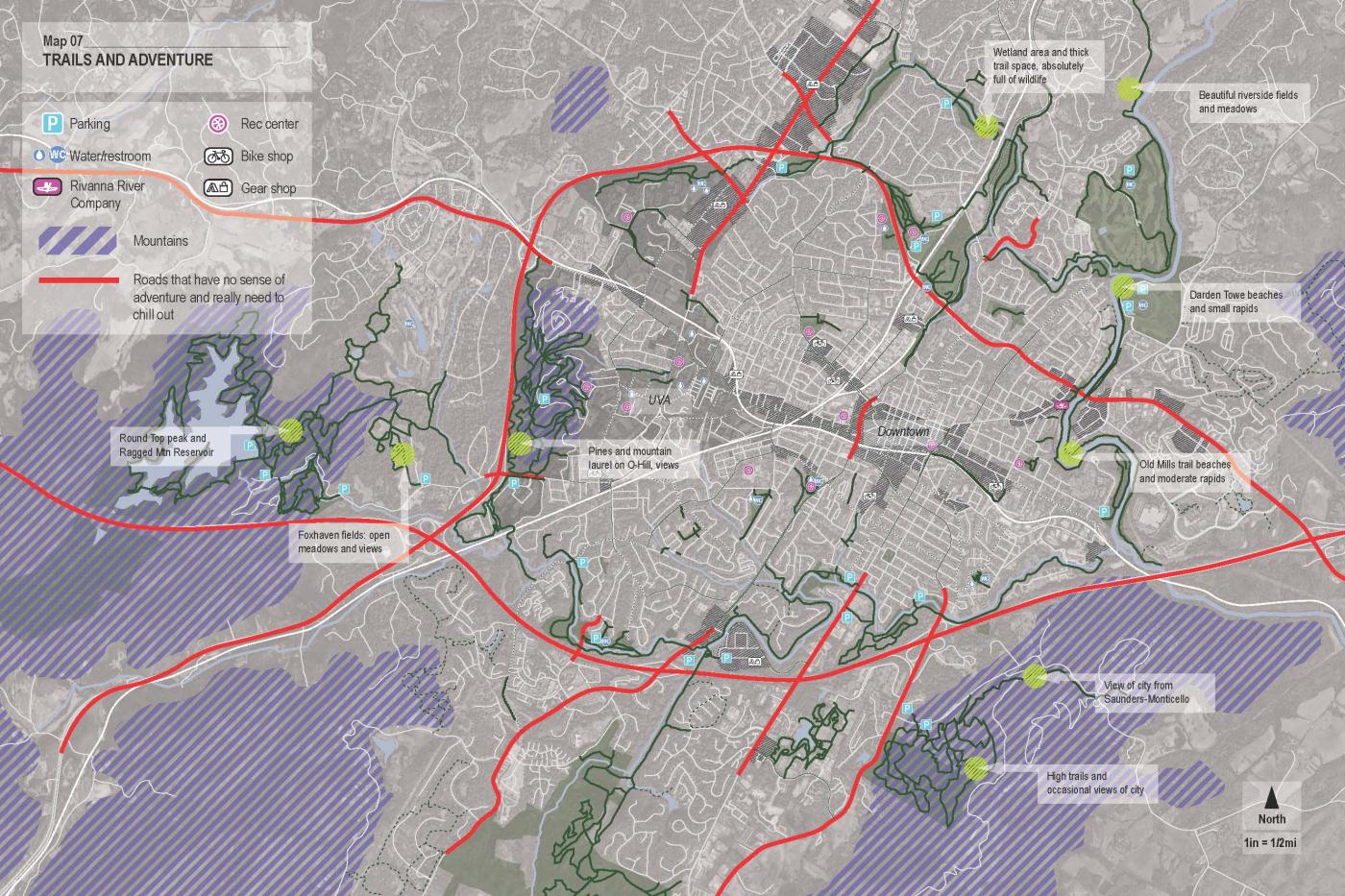
|
Image
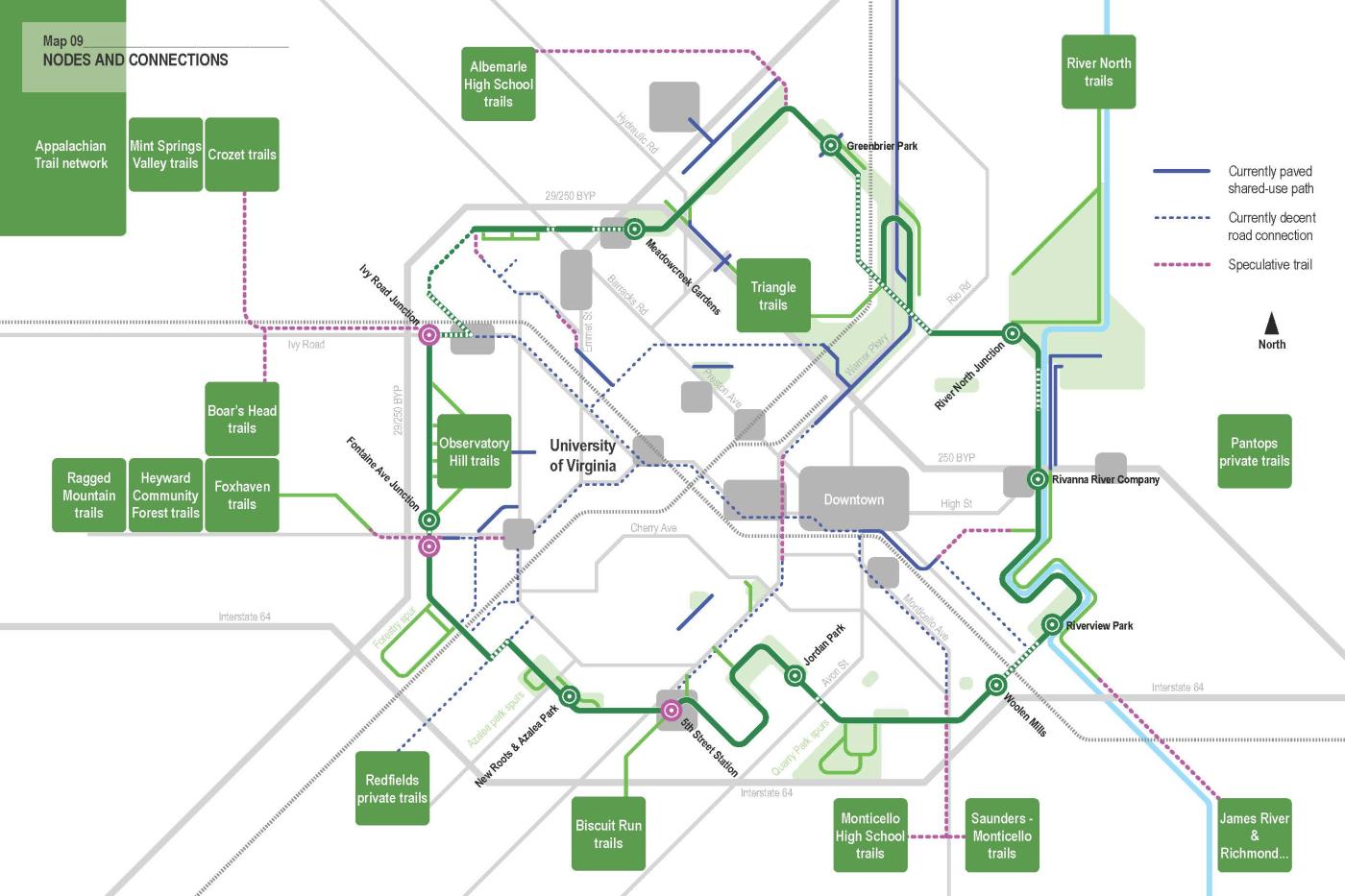
|
| Selections from Leopold Wehner’s final research presentation for the Erwin-Ramsey Fellowship, which proposed a new vision for public maps and wayfinding across Charlottesville and Albemarle County’s trail systems—rooted in a cartographic study of how these “half-wild, half-urban” paths shape everyday life. © Leopold Wehner | |
I was really interested in looking at the trails as public space—not quite the same kind of public space as something like the Downtown Mall, but more of a “public back yard”.
Interactions you have there have a neighborly quality to them, both with other people, and with the plants and animals that thrive there. I use it almost every day, and I think it has huge potential to be more than just a recreational trail network, a glue that binds the region together: it might one day link and inspire commercial activity, work as a transportation network of equal importance as the roads, and continue to be a place of respite and recreation for all of Charlottesville’s residents.
I’m deeply grateful to BRW Architects, the Rivanna Trails Foundation, the City of Charlottesville, Albemarle County, and everyone else I spoke with for giving me the resources and connections to think about the trails. The final presentation was a hit. Amazingly, it looks likely that the work of this year’s Fellowship will contribute not only to a larger vision of the trail network in the future, but also to tangible changes to the RTF’s wayfinding and identity.
You and Prof. Mohamed Ismail recently presented your research at the 2025 ICSA Conference in Antwerp, where you joined an international community of designers and scholars working at the intersection of structures and sustainability. What were some key takeaways from the conference?
This is the first conference that I’ve been to, so I don’t have much to compare it to. But everyone seemed to agree that ICSA is one of the best conferences, and I can see why. The specificity of each researcher’s problem and the diversity of approaches and subjects is amazing. Gatherings like these are small windows into what working in a research community really means. Just by listening to each other’s work, or even by being in the same room, you pick up things that are hard to get in any other way.
|
Image
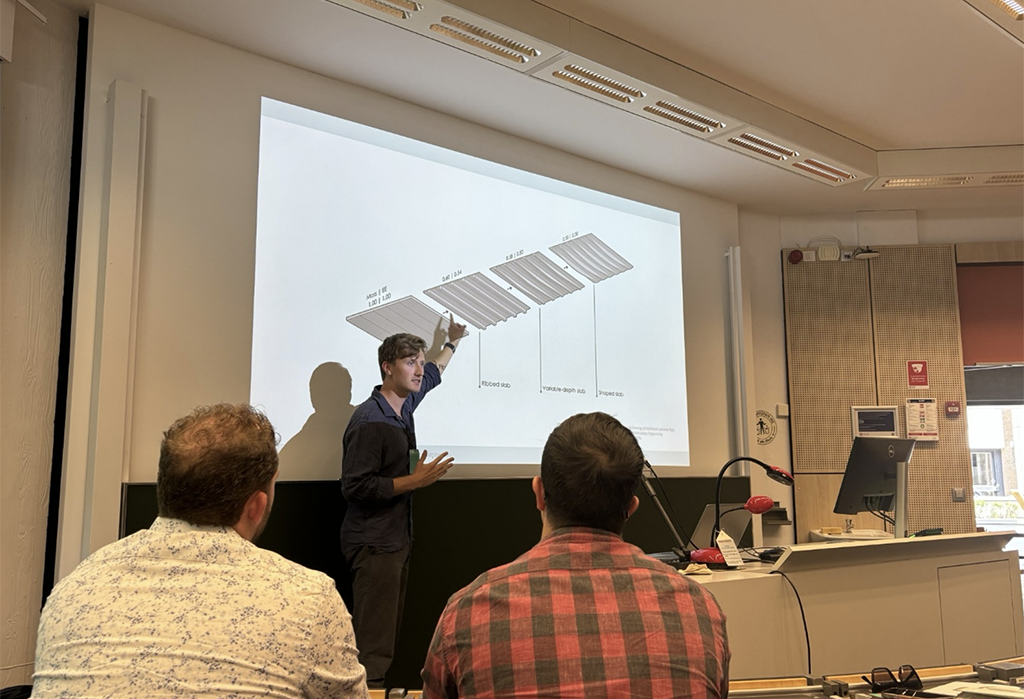
|
Image
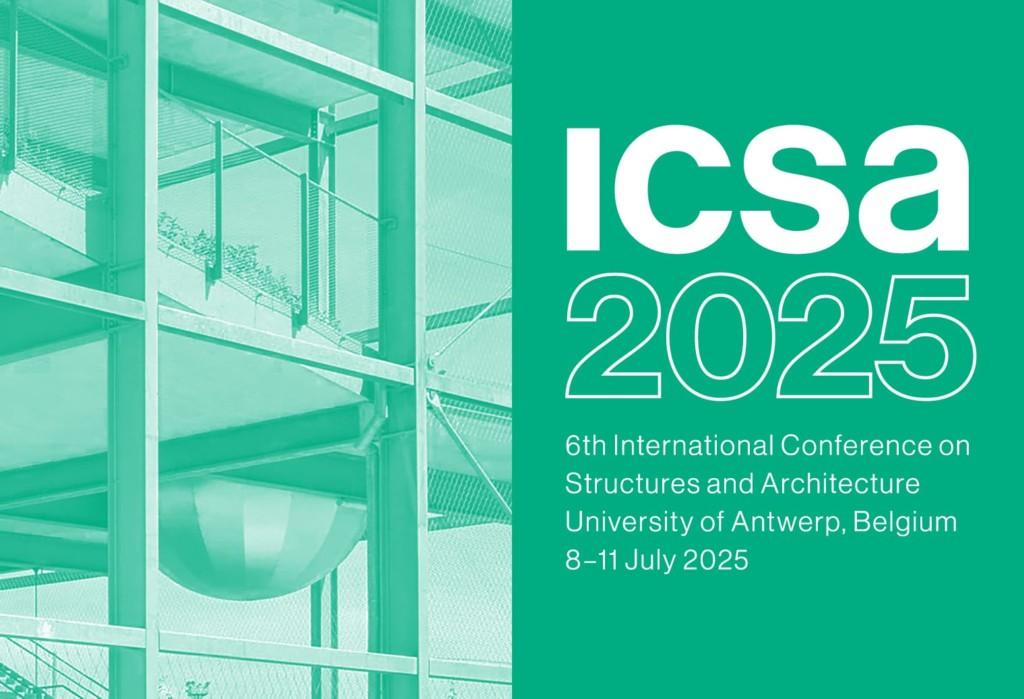
|
| Leopold Wehner presenting at the ICSA25 session "Next Generation of Embodied Carbon Reduction Strategies." Photo: Alexandra Daley | |
This summer, you’re returning to the A-School’s Summer Design Institute—but this time as a teaching assistant. What advice would you offer to students entering the program, especially those coming from non-architecture backgrounds like your own?
I don’t think it’s necessary to immediately try to draw connections between undergraduate studies and architecture. The Summer Design Institute is great because it’s about diving straight in. It will take time for the connections to form between whatever students studied before architecture, but they will eventually emerge no matter what. So, I guess the advice I would give is just to jump in with both feet!

